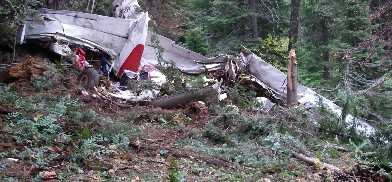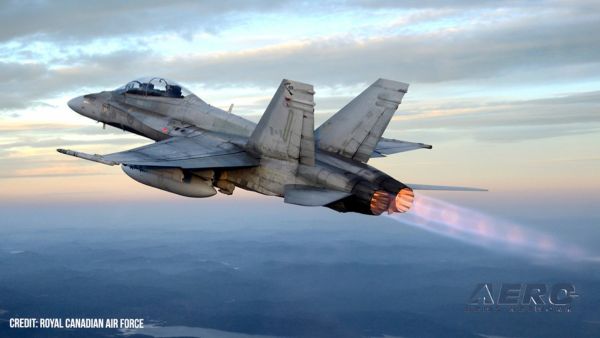Sat, Oct 13, 2007
Advertisement
More News
 DeltaHawk RV-14 Takes Flight!
DeltaHawk RV-14 Takes Flight!
New Diesel Engines On The Way for RV Builders DeltaHawk published a short video of a recent test flight using a Van’s RV-14, giving builders and buyers a hint of what’s>[...]
 Airborne 06.16.25: eAircraft Symposium, MedXPress, Regent Ground Effect Aircraft
Airborne 06.16.25: eAircraft Symposium, MedXPress, Regent Ground Effect Aircraft
Also: Aviation Mental Health Bill, JetZero Taps NC, Radia Windrunner Avionics, Iowa Lakes Aviation Program The Vertical Flight Society announced that dozens of the world’s el>[...]
 NTSB Prelim: Rockwell Commander 114A
NTSB Prelim: Rockwell Commander 114A
Security Video From A Nearby Business Captured The Airplane As It Descended And Impacted Terrain On May 24, 2025, about 1658 central daylight time (CDT), a Rockwell Commander 114A >[...]
 ANN's Daily Aero-Linx (06.15.25)
ANN's Daily Aero-Linx (06.15.25)
Aero Linx: International Auster Club Welcome to THE INTERNATIONAL AUSTER CLUB. The oldest specific aircraft type club in the United Kingdom and possibly in the world. There are cur>[...]
 ANN's Daily Aero-Term (06.15.25): Waypoint
ANN's Daily Aero-Term (06.15.25): Waypoint
Waypoint A predetermined geographical position used for route/instrument approach definition, progress reports, published VFR routes, visual reporting points or points for transiti>[...]
blog comments powered by Disqus




